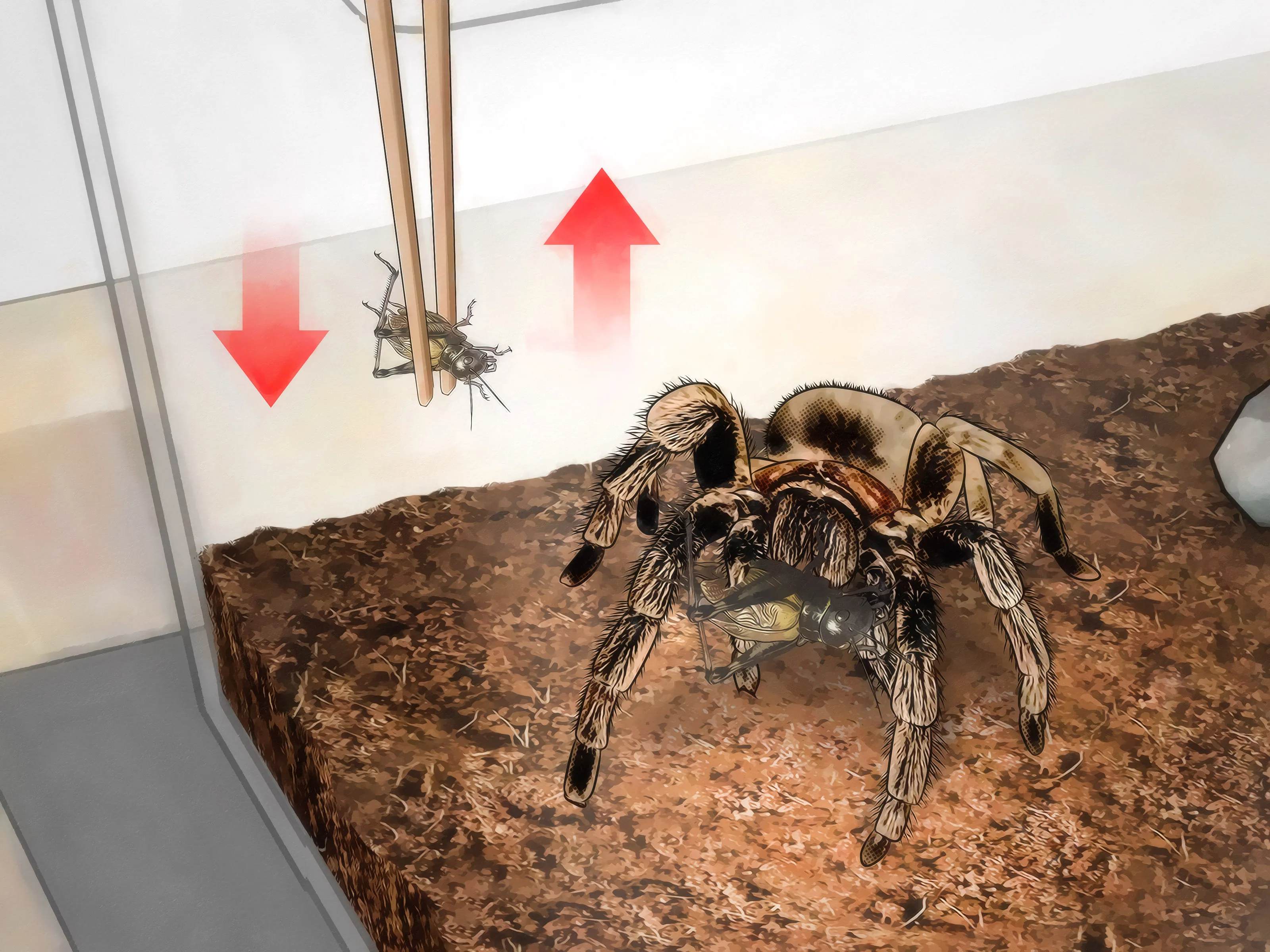Choosing the Best Tarantula Live Food
Providing the right tarantula food is crucial for the health, growth, and overall well-being of your pet spider. Tarantulas are obligate carnivores, meaning their diet consists entirely of animal protein. Therefore, selecting the appropriate live food is a fundamental aspect of tarantula care. This comprehensive guide will help you navigate the various options available, considering factors like nutritional value, ease of acquisition, and the specific needs of your tarantula. Understanding the different food sources, their benefits, and potential drawbacks will empower you to make informed decisions and create a balanced diet for your eight-legged friend. The right diet not only keeps your tarantula alive but also contributes significantly to its vibrant color, activity level, and longevity.
Understanding Tarantula Dietary Needs
The Importance of Nutrition
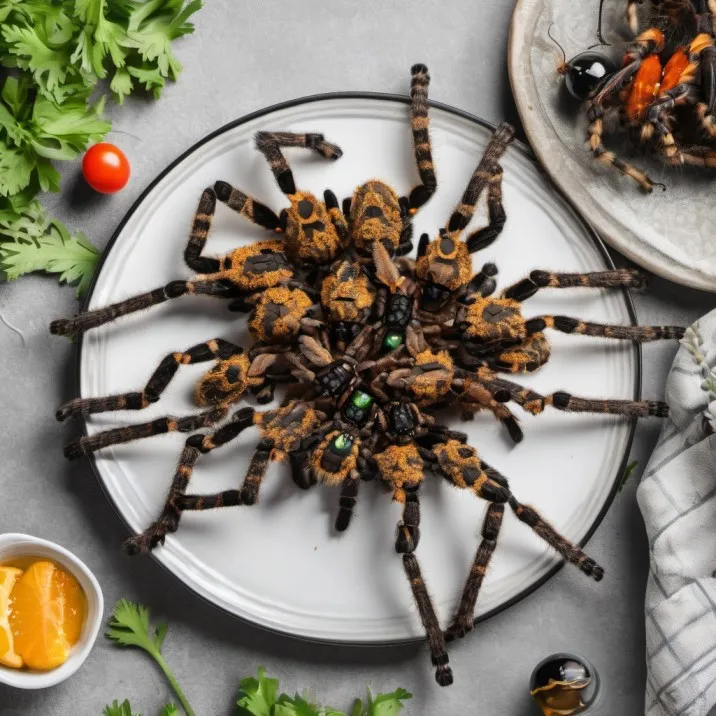
Just like any other animal, tarantulas have specific nutritional requirements that must be met to thrive. A balanced diet provides essential proteins, fats, vitamins, and minerals that support various bodily functions, including growth, molting, and reproduction. Inadequate nutrition can lead to a range of health problems, such as stunted growth, poor molting, and even premature death. The live food you choose should be healthy and nutritious itself, as this will directly impact the health of your tarantula. A well-nourished tarantula will be more active, have brighter coloration, and exhibit a greater propensity for breeding. Therefore, carefully considering the nutritional content of the food sources is paramount to your tarantula’s health and longevity.
Factors Affecting Food Choice
Size and Age of Your Tarantula
The size and age of your tarantula are critical factors in determining the appropriate food items. Spiderlings, or juvenile tarantulas, require smaller prey items, such as pinhead crickets or small mealworms, that they can easily capture and consume. As the tarantula grows, the size of the prey should be gradually increased. Adult tarantulas can handle larger insects, like adult crickets, Dubia roaches, or even occasional pinky mice (for larger species). Overfeeding or providing prey that is too large can stress the tarantula, potentially leading to injury or refusal to eat. Always observe your tarantula’s feeding behavior and adjust the size of the prey accordingly to ensure it is comfortable and able to consume its meal without difficulty.
Availability and Cost
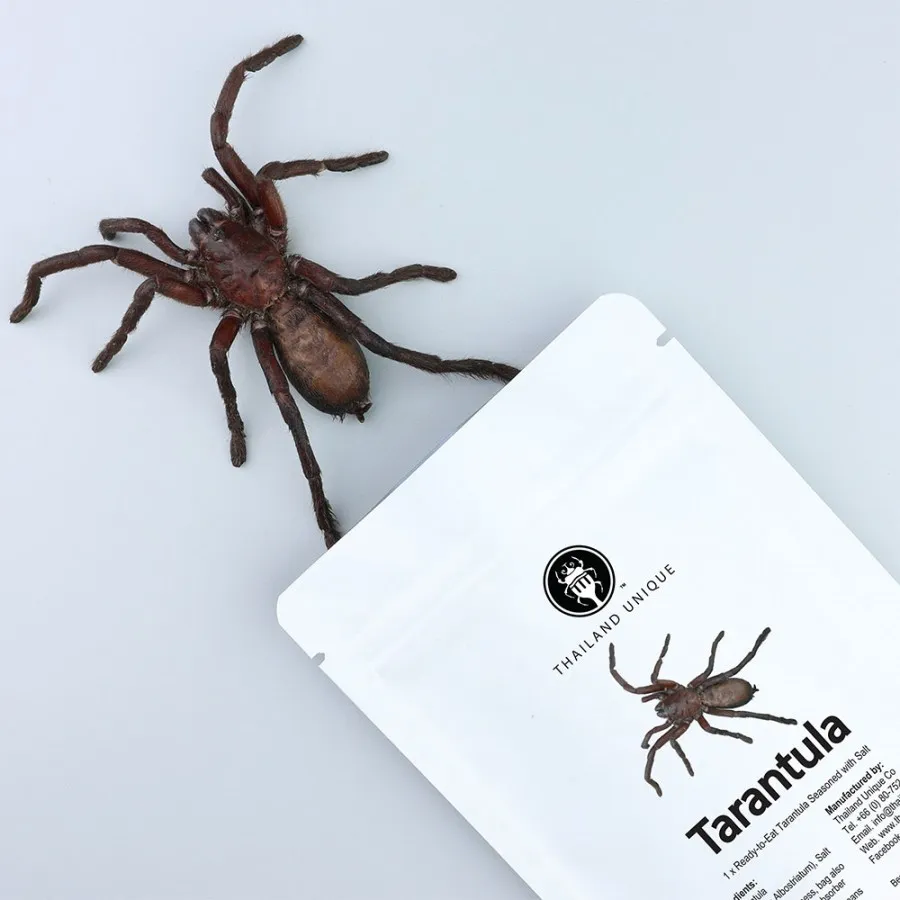
The availability and cost of live food can significantly impact your choice. Different regions will have varying access to certain types of prey. Crickets are widely available and typically inexpensive, making them a popular choice. Mealworms are also readily available and easy to breed in small quantities. Dubia roaches are becoming increasingly popular due to their nutritional value and ease of care, although they might be more expensive or harder to find in some areas. Consider the cost of the food over time, as regular feeding is a continuous expense. You might also explore local pet stores, online retailers, or even breed your own live food to reduce costs and ensure a consistent supply for your tarantula. The ease of access and the price must be considered when deciding what is best.
Nutritional Value of Live Food
The nutritional content of the live food is paramount. Consider the protein, fat, and chitin content, as well as the presence of essential vitamins and minerals. Crickets, while readily available, may not be the most nutritionally complete food source unless gut-loaded before feeding. Gut-loading involves feeding the crickets a nutritious diet, such as fruits, vegetables, and commercial cricket food, to enhance their nutritional value before they are consumed by the tarantula. Dubia roaches are often considered a superior option due to their higher protein content and lower fat content compared to crickets. Mealworms are a good source of protein and fat, but they should be offered in moderation due to their higher fat content. Variety in your tarantula’s diet helps ensure a wider range of nutrients and promotes better health. Consider all aspects of nutrition.
Top Live Food Options for Tarantulas
Crickets as a Staple
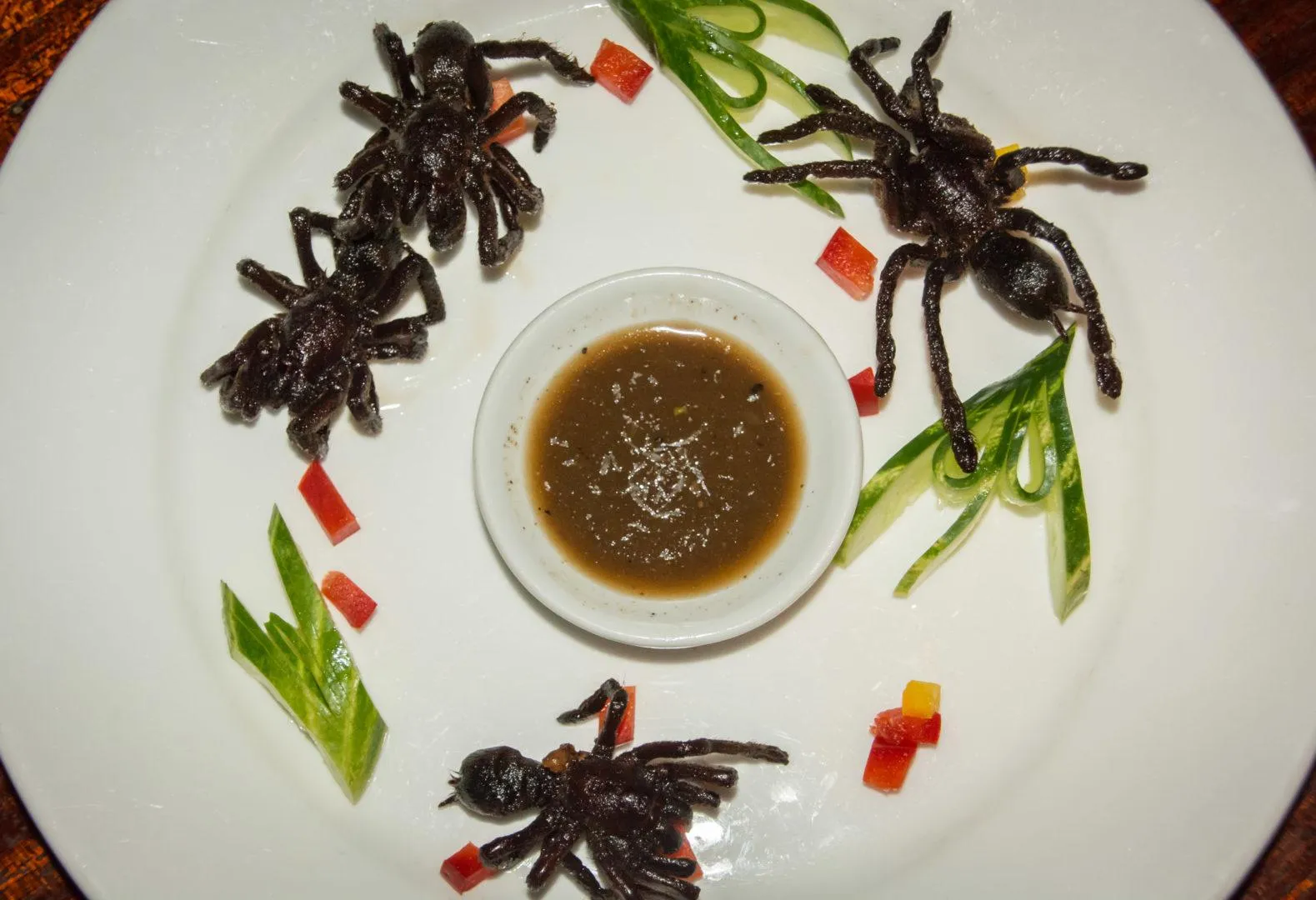
Crickets are a common and readily available food source for tarantulas. They are relatively easy to obtain from pet stores or online retailers. Crickets provide a good source of protein, essential for growth and molting. They also encourage your tarantula’s natural hunting instincts, providing enrichment. However, crickets can be noisy and may not live very long. They also need to be gut-loaded with nutritious food to enhance their nutritional value. Make sure the crickets are appropriately sized for your tarantula, and remove any uneaten crickets from the enclosure to prevent stress or potential harm to the spider.
Pros and Cons of Crickets
- Pros readily available
- Inexpensive
- Stimulate natural hunting behavior
- Cons not as nutritionally complete unless gut-loaded
- Can be noisy
- Shorter lifespan
Mealworms for Variety
Mealworms are another popular choice, especially for smaller tarantulas or as a supplement to a varied diet. They are relatively easy to care for and can be bred in small quantities. Mealworms offer a good source of protein and fat, but they should be offered in moderation due to their higher fat content. Overfeeding mealworms could lead to excessive fat buildup, so it is essential to balance their intake with other, leaner food sources. It’s generally recommended to feed mealworms to juveniles, but adults should eat mealworms less frequently. Always monitor your tarantula’s condition and adjust the diet accordingly. Be sure to check for the overall condition of your tarantula.
Nutritional Profile of Mealworms
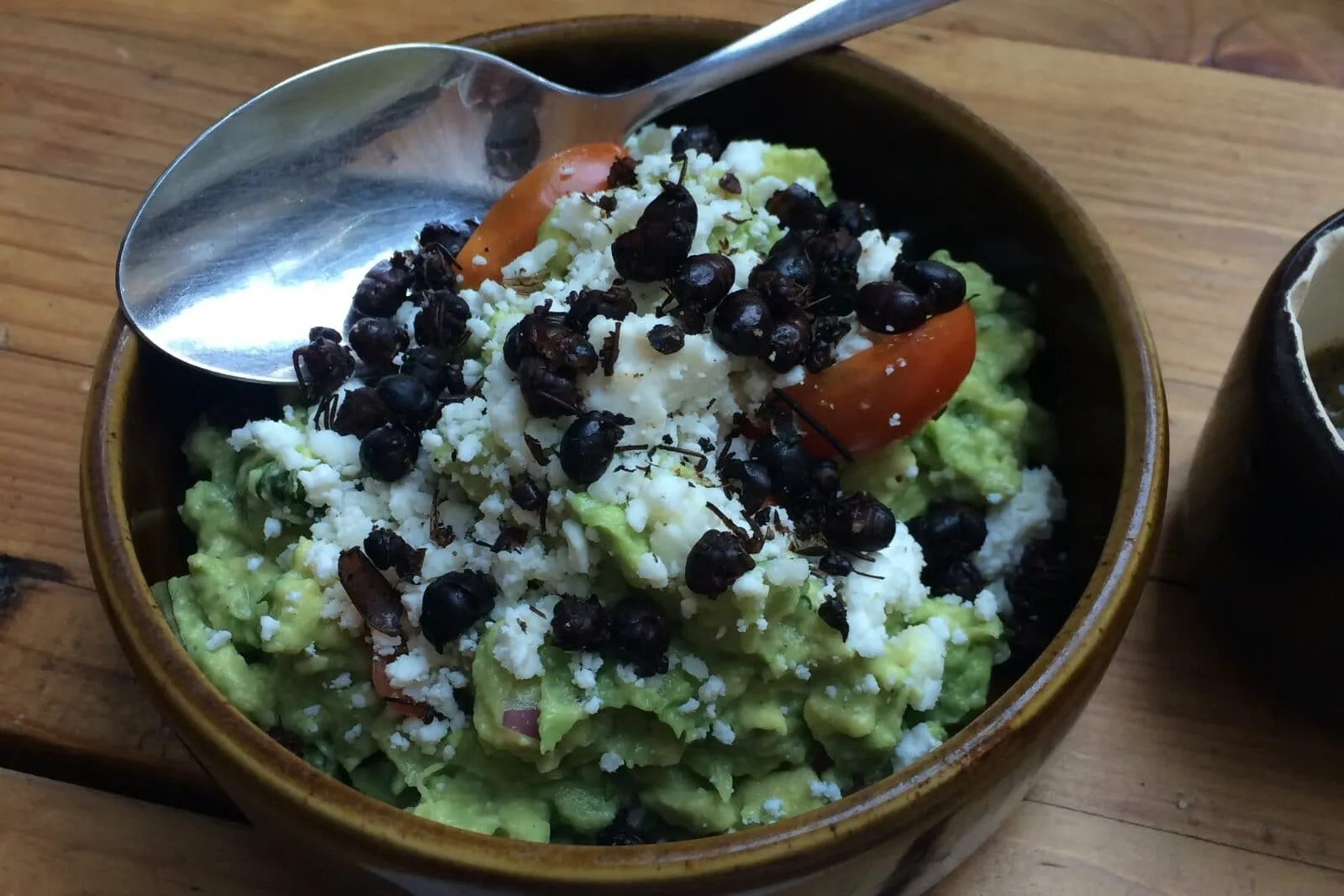
- High in protein
- Good source of fat
- Contain chitin, which aids in exoskeleton development
- Should be offered in moderation
Dubia Roaches An Excellent Choice
Dubia roaches are a highly recommended food source for tarantulas. They are considered one of the most nutritious options, with a high protein content and a favorable calcium to phosphorus ratio. Dubia roaches are also relatively easy to breed and care for, making them a sustainable food source. They do not climb smooth surfaces, so they are easier to contain than crickets. They are also less noisy and have a longer lifespan. The only potential drawback is that they may be more difficult to find in some areas or may come with a higher price tag. Consider your resources when choosing Dubia roaches.
Benefits of Dubia Roaches
- High protein content
- Excellent calcium to phosphorus ratio
- Easy to breed and care for
- Do not climb smooth surfaces
- Less noisy and longer lifespan than crickets
Other Live Food Options
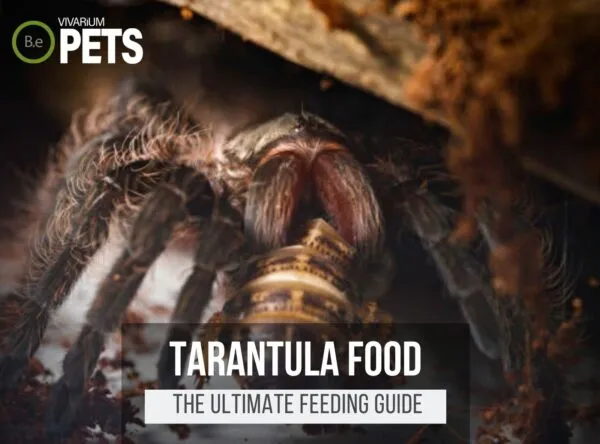
Besides the primary choices, other live food options can be incorporated into your tarantula’s diet, providing variety and enrichment. These options should be offered in moderation and with careful consideration of their nutritional content. Remember to research each food item before introducing it to your tarantula’s diet to ensure it is safe and appropriate.
Waxworms
Waxworms are high in fat and are best offered as an occasional treat. They can be useful for boosting a tarantula’s weight, such as after molting, but should not be a regular part of the diet. Waxworms can also be gut-loaded for added nutritional value, but they may not be appropriate for all tarantula species.
Superworms
Superworms, like mealworms, are a good source of protein and fat. However, they also have a higher fat content. They can be used as a food source in moderation. Superworms should be gut-loaded before feeding. Make sure the superworm size is appropriate for your tarantula.
Pinky Mice
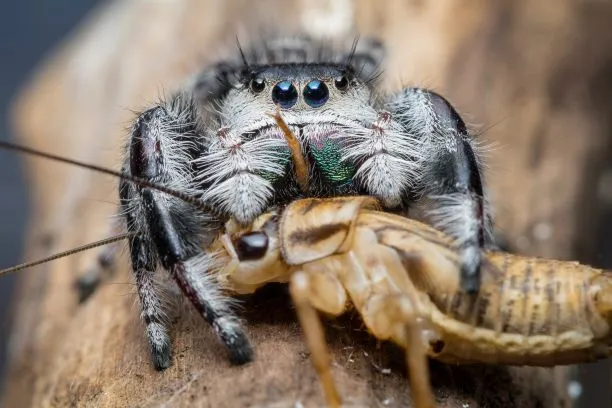
Pinky mice (baby mice) are often used for larger tarantula species as an occasional treat. They provide a significant amount of protein and other nutrients, but they are high in fat and should only be offered sparingly. Excessive feeding of pinky mice can lead to health problems and should be avoided. Remember that you should offer this type of food only to adult tarantulas of appropriate size.
Storing and Maintaining Live Food
Proper storage and maintenance of live food are essential to ensure its health and nutritional value. Healthy prey means a healthier tarantula. This also reduces the risk of disease or parasites that could be passed on to your tarantula. Different types of live food have different requirements, so it is important to research the best practices for each one. Always provide adequate food and water for the live food to keep it alive and nutritious until you feed them to your tarantula. Cleanliness is key. Remember to remove any dead insects or uneaten food from the storage containers to prevent the buildup of waste and odors.
Cricket Care
Crickets should be kept in a well-ventilated container with a substrate, such as paper towels or egg crates, to provide hiding places. Provide them with a constant supply of fresh water, using a water source such as a sponge or a shallow dish with water crystals. Gut-load the crickets with nutritious foods, such as fruits, vegetables, and commercial cricket food, to enhance their nutritional value. Keep the container clean by removing any dead crickets or waste regularly. Proper care of the crickets is important so they are healthy and appropriate for your tarantula.
Mealworm and Superworm Storage
Mealworms and superworms can be kept in a container with a substrate such as oatmeal, bran, or cornmeal. Provide them with a source of moisture, such as pieces of vegetables (carrots, potatoes), and ensure the substrate is kept dry. Clean the container and replace the substrate regularly to prevent the buildup of waste and odors. You should remove any dead worms immediately. These insects are known for being good at hiding so checking frequently is important.
Conclusion
Choosing the right tarantula food is a fundamental aspect of responsible tarantula ownership. By understanding the dietary needs of your tarantula, considering factors such as size, age, and availability, and by selecting nutritious live food options, you can provide your pet with a healthy and enriching diet. Remember to research different food options, gut-load your prey, and maintain proper storage and care practices to ensure the overall well-being of your tarantula. A well-fed tarantula is a happy tarantula, and a happy tarantula is a rewarding pet. By following these guidelines, you can create a thriving environment for your tarantula to flourish. Careful attention to detail in diet will ensure the longevity and health of your tarantula.
